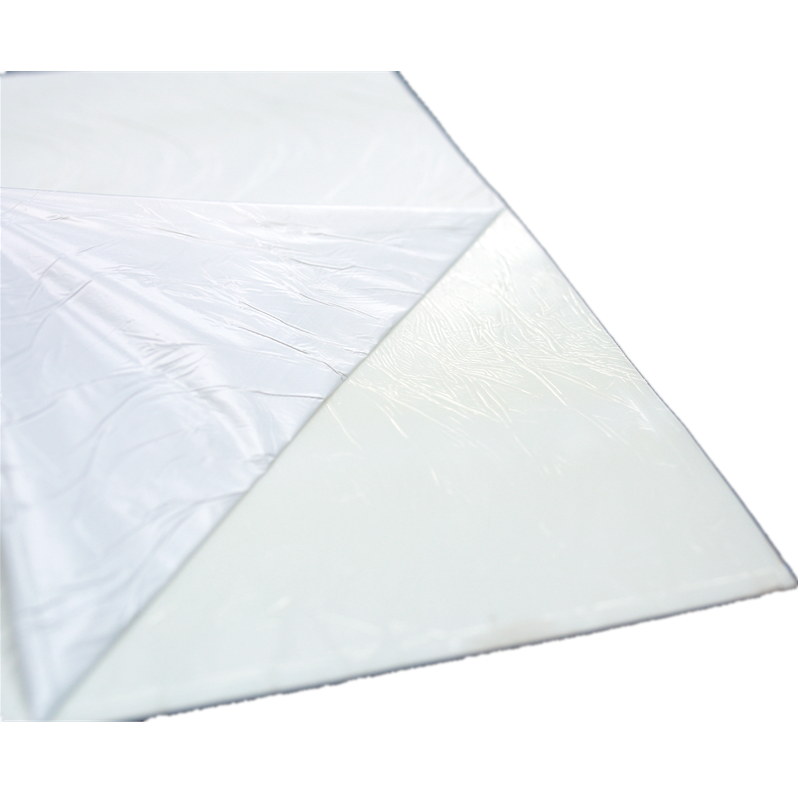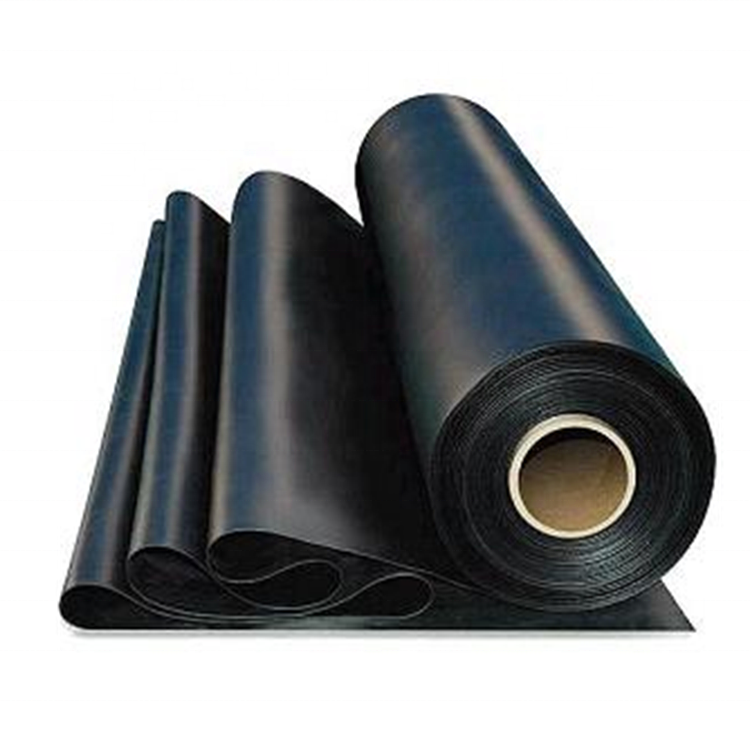By Mark Philben -- Globe Correspondent
Q. I am on the board of trustees of a small condo association. We live in a typical early-20th century three-story brick apartment building composed of five blocks attached to one another with a courtyard in the middle. Over the past few years, we’ve been replacing the five separate roofs and are down to the last one. The most recent roof replacement was with a white one, and the owners of the apartment directly underneath say that their apartment is now noticeably cooler in the summer. EVA Self-Adhesive

As we get ready to replace the fifth roof, the management company is claiming that it would be less expensive to install a new black roof with extra insulation than to put on a white one. I’m not convinced, and the fact that the white roof had a noticeable effect in the summer (as well as the obvious heat island issue) seems to be a clear indicator of which way to go. The apartments don’t have central air. I have also read, however, that white roofs can be problematic in the winter.
We are also looking into putting solar panels on the building, and I’m wondering whether having a white or a black roof makes a difference. Any advice you have on the topic would be greatly appreciated.
A. White EPDM (ethylene propylene diene monomer) rubber roofs do cost more than a conventional black roof; however, as more commercial buildings install white roofs, the cost should come down. Currently the materials are around 20 percent higher for white vs. black. Here in New England, the color of the rubber roof may not be as important as it is in regions like the Southwest, where they are trying to cool their homes most of the year. In fact, there is an argument that a black roof is better in New England since we really have only about 3 or 4 months when AC is necessary, while during the rest of the year we are heating our spaces. Granted white snow on a black rubber roof will reflect warming sunlight away, but it does tend to melt quickly due to heat absorption.
Also, your management company is correct that with proper insulation inside the house and under the rubber roof, the difference provided by a white rubber roof is minimal. I have not heard of a white rubber roof being problematic in winter, but snow will not melt as quickly on a black rubber one. I don’t know of any advantage in New England where solar panels would operate better or worse with a white vs. black rubber roof.
Mark Philben is the project development manager at Charlie Allen Renovations in Cambridge. Send your questions to [email protected] . Questions are subject to editing. Subscribe to the Globe’s free real estate newsletter — our weekly digest on buying, selling, and design — at pages.email.bostonglobe.com/AddressSignUp. Follow us on Twitter @globehomes.
©2024 Boston Globe Media Partners, LLC

TPO Membrane Stay up to date with everything Boston. Receive the latest news and breaking updates, straight from our newsroom to your inbox.